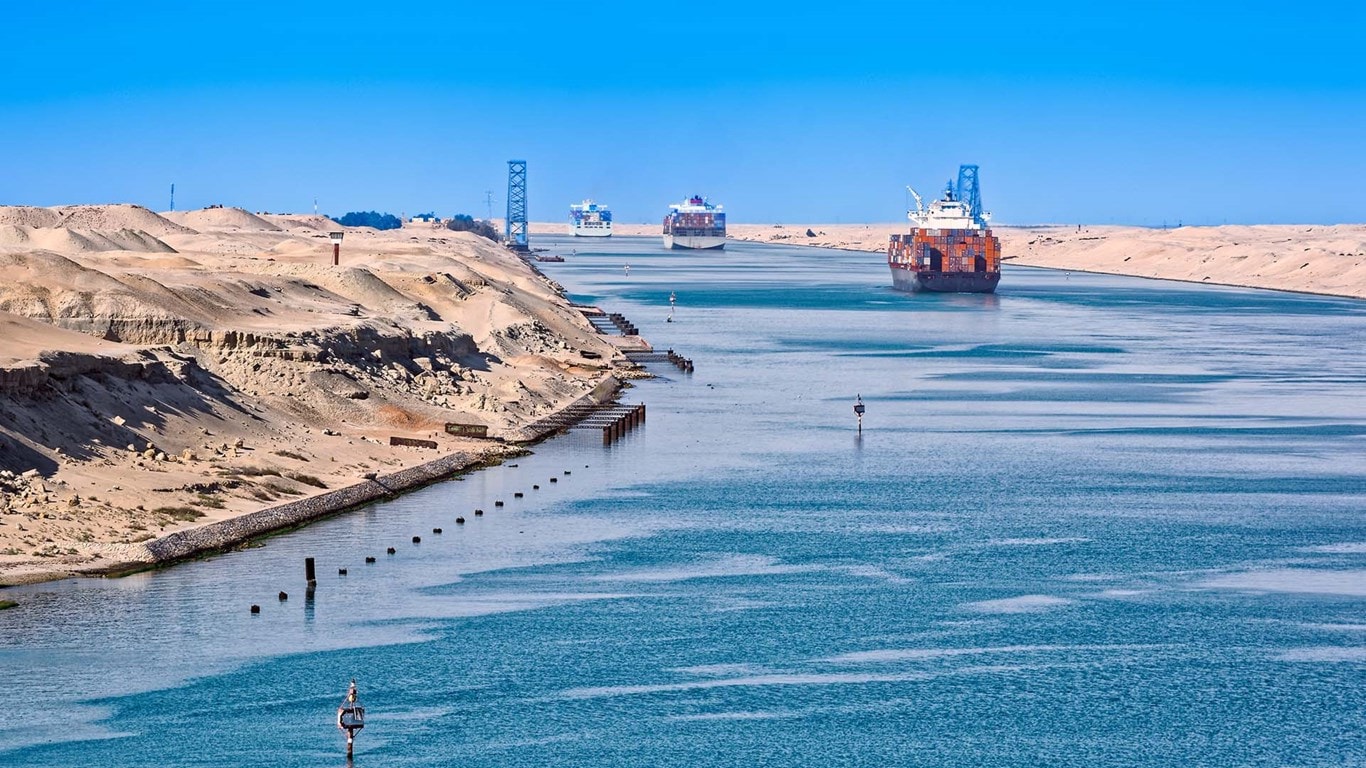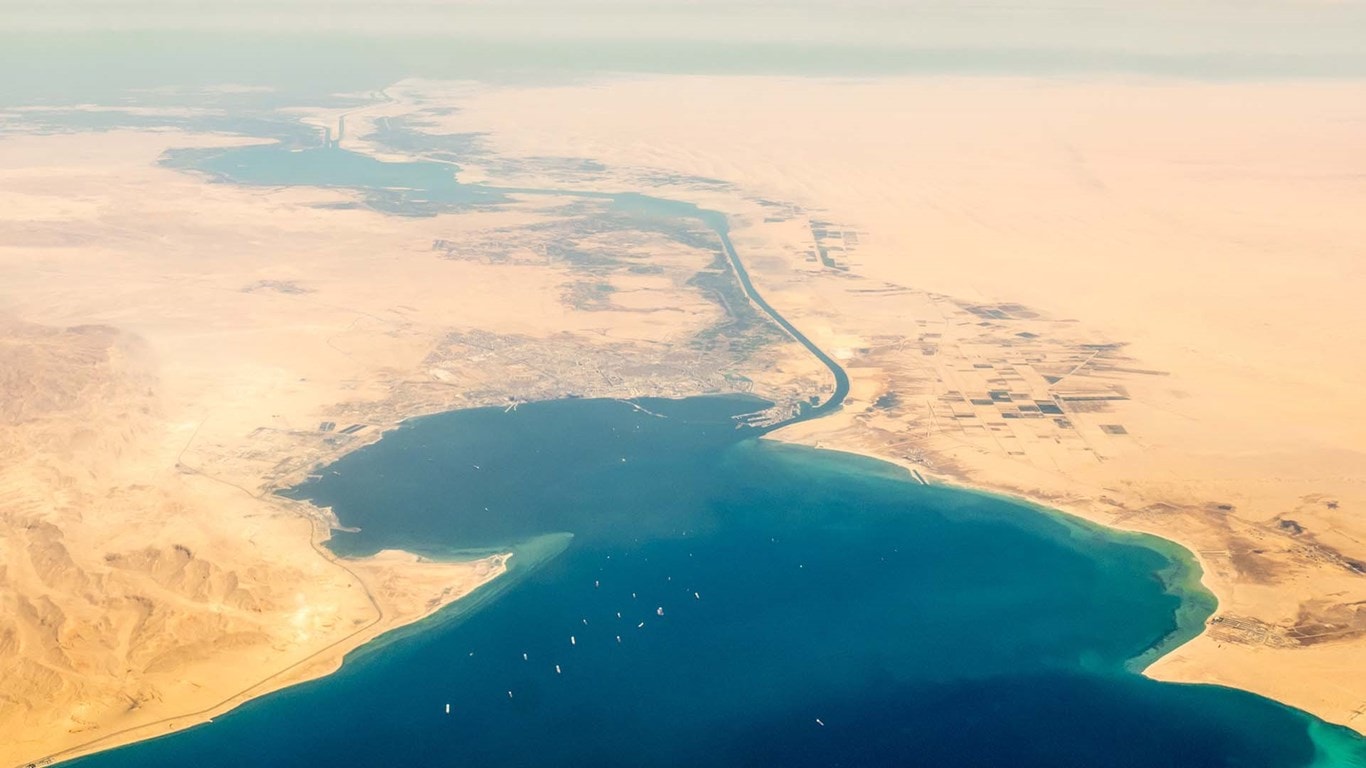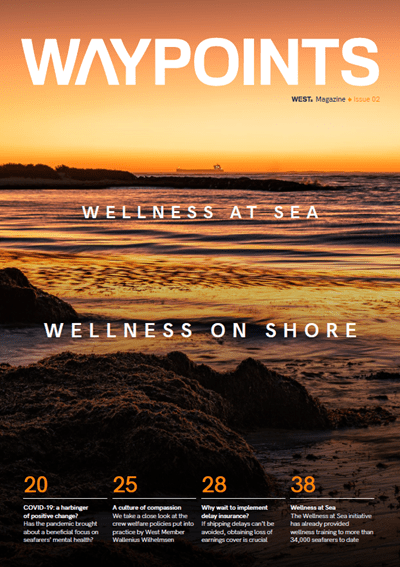Why Wait to Implement Delay insurance?
If shipping delays like the Ever Given grounding in the Suez Canal can’t be avoided, obtaining suitable cover for loss of earnings is a vital course of action for shipowners.
This is why building a tier of delay insurance cover into their operational structure is an essential prerequisite for everyone involved in shipping. The six-day blockage of the Suez Canal by the grounded container ship Ever Given in March 2021 was a recent high-profile example of the kind of major events that can occur, but it is by no means unprecedented. Several similar groundings took place in the Suez Canal in the previous year alone, albeit with a lower order of impact on traffic, and disruptions of this nature also routinely occur on other busy shipping routes such as the Mississippi, or the Paraná River in South America.
The value of Ever Given’s cargo was estimated at $1 billion, and the ship operators suffered tens of thousands of dollars in costs for every day the ship was delayed. There were then the effects upon other vessels, cargoes and operators. As the shortest sea route between Europe and Asia, the Suez Canal carries approximately 12% of global trade; 300 ships were directly affected in the immediate aftermath of the grounding, as well as wider indirect delays and consequences that built up while the backlog was cleared.
Our insurance system is a dynamic entity

Severe repercussions
Primary Layer Loss of Earnings cover – the first 14 days

Nordic offers this as a standalone solution, not linked to any other policy but customisable according to customers’ requirements, for example for H&M or P&I perils only. The concept behind this cover is to provide a policy with no hidden charges, a fixed premium and pre-agreed daily insured amounts.
However, with Primary Layer delay cover in place, the primary level of earnings for both the grounded ship and the waiting vessels would have been protected. Rather than retrospective handwringing and fingerpointing, a clear-eyed acknowledgement that shipping delays are inevitable is urgently needed. Shipowners and charterers everywhere need to invest in appropriate Loss of Earnings cover. Without delay.

Waypoints Issue 02
Nordic Marine Insurance
Visit Nordic Marine Insurance's website for more information on Delay Cover.
Visit website